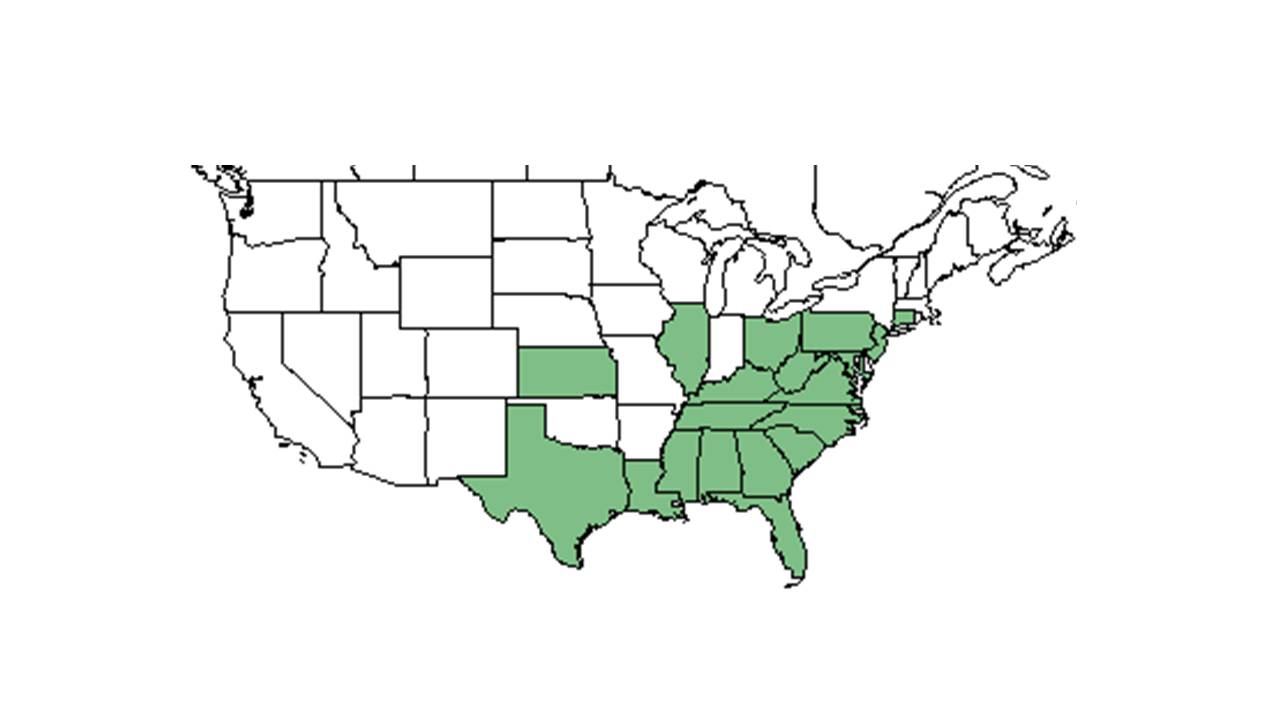Difference between revisions of "Agrimonia microcarpa"
| Line 35: | Line 35: | ||
==Conservation and Management== | ==Conservation and Management== | ||
==Cultivation and restoration== | ==Cultivation and restoration== | ||
| + | ==Photo Gallery== | ||
==References and notes== | ==References and notes== | ||
| − | |||
Revision as of 14:52, 10 June 2015
| Agrimonia microcarpa | |
|---|---|

| |
| Scientific classification | |
| Kingdom: | Plantae |
| Division: | Magnoliophyta - Flowering plants |
| Class: | Magnoliopsida - Dicotyledons |
| Order: | Rosales |
| Family: | Rosaceae |
| Genus: | Agrimonia |
| Species: | A. microcarpa |
| Binomial name | |
| Agrimonia microcarpa Wallr. | |

| |
| Natural range of Agrimonia microcarpa from USDA NRCS Plants Database. | |
Contents
Description
Distribution
Occur within the mid to southeastern coastal region of the United States – and some adjacent areas.[1]
Ecology
Agrimonia microcarpa has been recognized as a distinct species or as a variety of Agrimonia pubescens.[2] Both taxa share the same types of distribution of hairs, have flowers alternate on the inflorescence rachis and tuberous roots.[1]
Habitat
Found frequently in mesic sites of open deciduous and mixed woods to 600 meters in elevation.[1] Found in Southern mixed hardwood forests and dry to moist woodlands. [3]
Phenology
Flowering from late July to September.[1]
Seed dispersal
Seed bank and germination
Fire ecology
Pollination
Use by animals
Diseases and parasites
Conservation and Management
Cultivation and restoration
Photo Gallery
References and notes
- ↑ 1.0 1.1 1.2 1.3 Sorensen, G. J. K. a. P. D. (2008). "A revision of Agrimonia (Rosaceae) in North and Central America." Brittonia: 11-33.
- ↑ Ahles 1964, more citation needed.
- ↑ Nelson 2006 – Atlantic Coastal Plain Widlflowers: A Field Guide to the Wildflower of the Coastal Regions of Viriginia, North Carolina, South Georgia, and Northeastern Florida. Guilford, CT: FalconGuide, 2006. 201. Print.